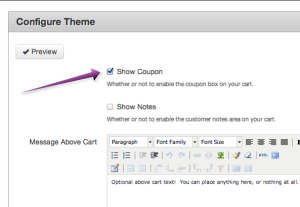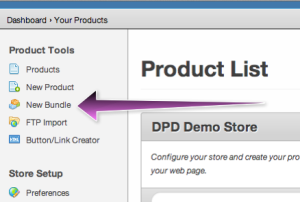How Automation Can Supercharge Marketing For Your Online Business
- Jason@DPD
- June 25, 2019
- No Comments
Online businesses have so many more opportunities to market than pre-internet brick and mortar stores. But with those opportunities come some challenges. You’re expected to show up in so many different places and have a presence in so many channels. Email marketing, new social media platforms all the time, mobile marketing, etc.
How do you keep it all going at once without dropping the ball? Where do you find the time?
According to HubSpot’s State of Inbound report for 2019, The top marketing challenge for companies was generating leads and traffic, followed by proving the ROI of their marketing methods and obtaining the budget to pull it all off. Marketing automation tools can help you with all three.
Automating your online marketing can help you generate more leads and grow your traffic, analyze exactly the ROI you’re getting on your marketing, and reduce your costs making it easier to hit the budget.
What can automation do for you?
Automation allows you to leverage online tools and technology to save time and effort. You can automate communication, lead nurturing, content scheduling, research and analytics, and social media processes. All of this lets you get more done in less time, saving money while you reach more clients. Here are some examples of how you can use online marketing automation to reach more clients in less time:
Communications
When leads reach out to you online, how long does it take them to get a response? If the answer is longer than a few minutes, it could be costing you new customers. We live in the age of impatience and a lead who is actively looking for your products and services will quickly move on to the next provider while awaiting your reply.
You can automate emails to respond to inquiries, giving you more time to provide an answer to the question being asked. You can do similar things with social media messenger apps, like Facebook Messenger. Chatbot technology can even carry on a simple customer service or marketing conversation for you, providing leads and current customers with simple information and answers instantly.
Lead nurturing
You can automate the nurturing process by setting an automated sequence of messages through email, messenger, or even text messages. This allows you to follow up and stay top-of-mind with your leads automatically.
Content scheduling
If you use a lot of content to market your business on social media, it can take hours to schedule posts to different platforms at the best times of day for each. This process can be automated, allowing you to paste the content into a tool which schedules on multiple platforms at specified times throughout the day. Finally, you can handle all your social media posting at once and let it trickle out at the perfect time.
Aiming at the Right Target
Before you think about online marketing automation tools, you have to consider what you want to achieve and the best way to go about it. A few questions up front will save you a lot of trial and error later on.
What tasks should you automate?
You’ve got a lot on your plate. Marketing involves a lot of different steps and not all of them are prime targets for automation. You have to determine which ones take up a lot of your team’s time, without the need for human decision making and judgement.
Repetitive tasks that your team perform in the same way, over and over again, will save the most time and give the best results if automated. The repetitive and sometimes boring nature of those tasks (let’s be honest) also creates a higher risk of mistakes. That can be prevented by automation.
What tools should you use?
Some of the top online marketing automation tools are discussed below. For now, think about the tasks you’ve just decided to focus on. Chances are there are several tools on the market to do each of them. You’re looking for the ones that fit your budget and the unique needs of your company for that task.
Who’s in charge of those tools?
Automation tools save tons of time and effort and streamline your day to day marketing, but they do still take time to set up and master. Decide who in your organization will be using these tools and what the learning curve looks like. The makers of these automation tools want you to succeed and continue using them. Many offer free training, support, and even certification.
Re-evaluate
Automation tools can help you track ROI, but how do you track the ROI of the tools themselves? Before you start using a new tool, take a look at the results you’re getting and the time and energy you’re putting into that specific task. Once you’re up and running with a new automation tool, compare your new results to see if the tool is helping you improve your outcome.
Top Marketing Automation Tools
Hubspot
Hubspot offers a range of automation tools in its marketing suite, depending on the level you purchase. You can manage and segment your email list, build automated email campaigns, and connect everything to the built in CRM.
Pardot
For a product with a bit more of a sale process, Pardot can be a great option. It automates and streamlines the sales process, allowing you to track, nurture, and score leads. It also makes it easy to track ROI for your campaigns. All of this connects with your SalesForce CRM, since Pardot is made by SalesForce.
Hootesuite
For social media marketing, Hootesuite offers pretty much everything you need. You can schedule all your social media posts in one place at one time.
Hootesuite will alert you when your company or product is mentioned on social, so you can make the most of free publicity or put out any fires before they spread. You can also keep a close eye on the analytics of all your social media content.
A few new automation tools likely hit the market while you were reading this article. Take a look at what’s out there and see how automation can help you make the most of your day to day marketing efforts.









